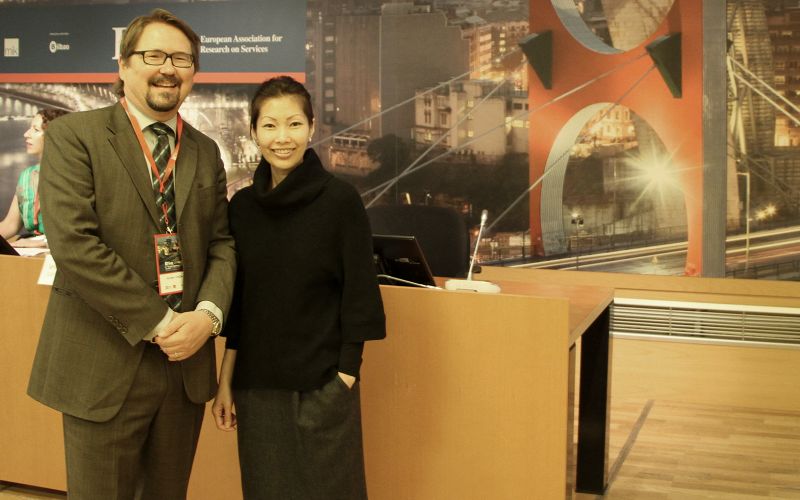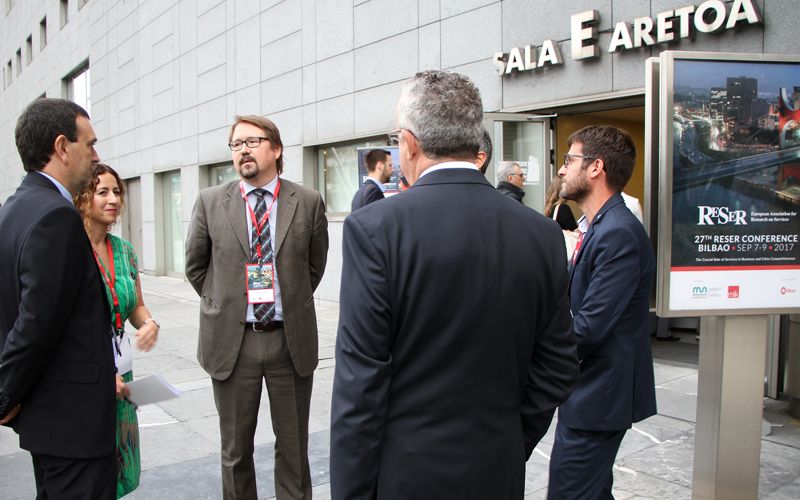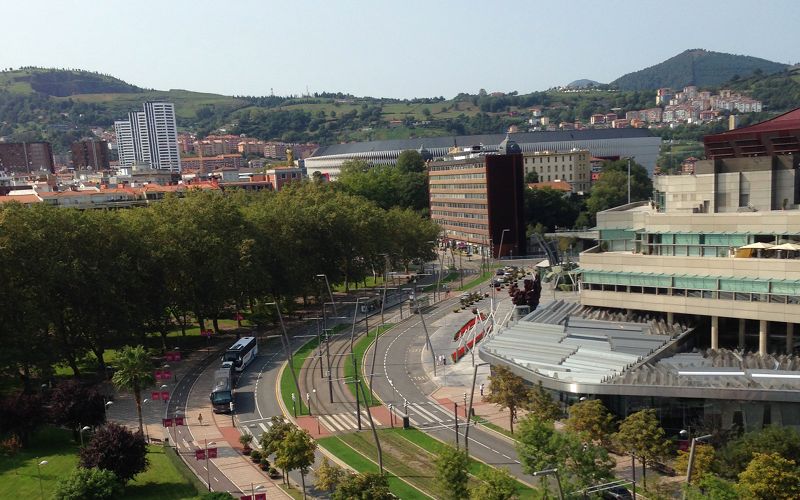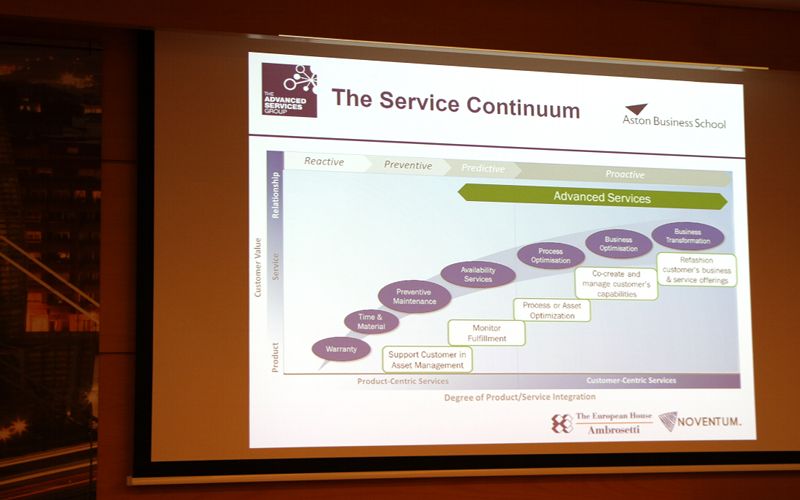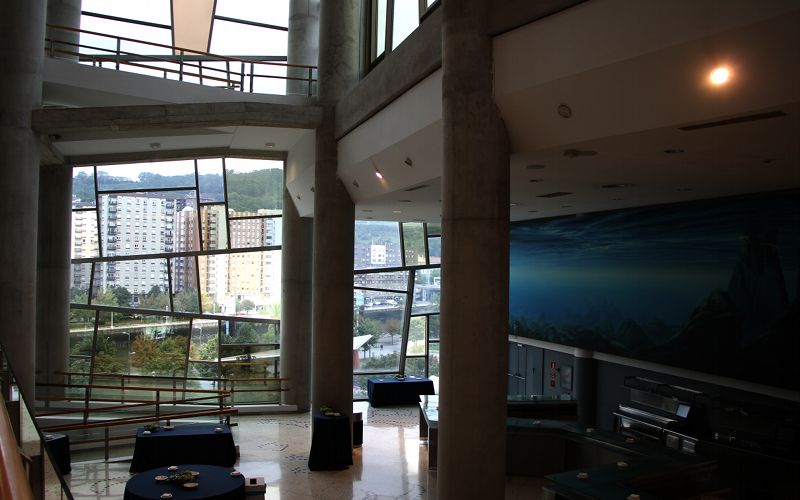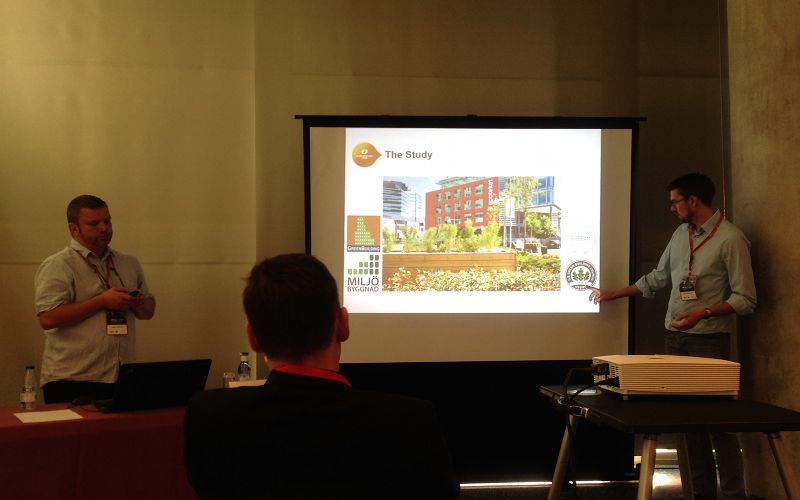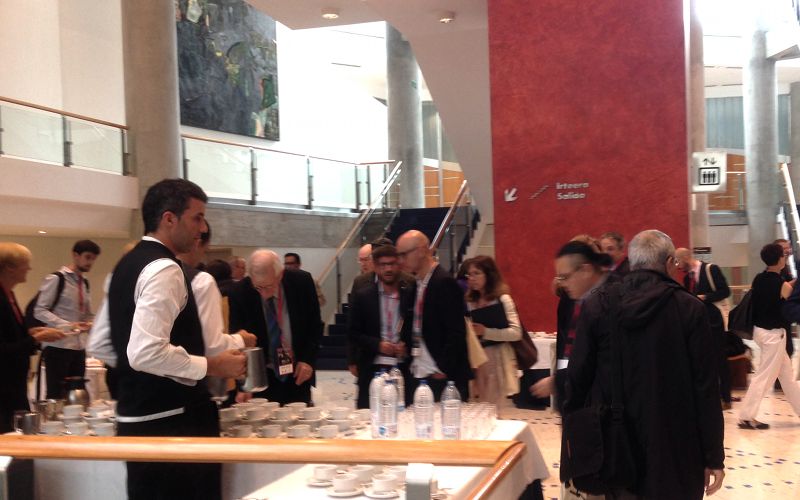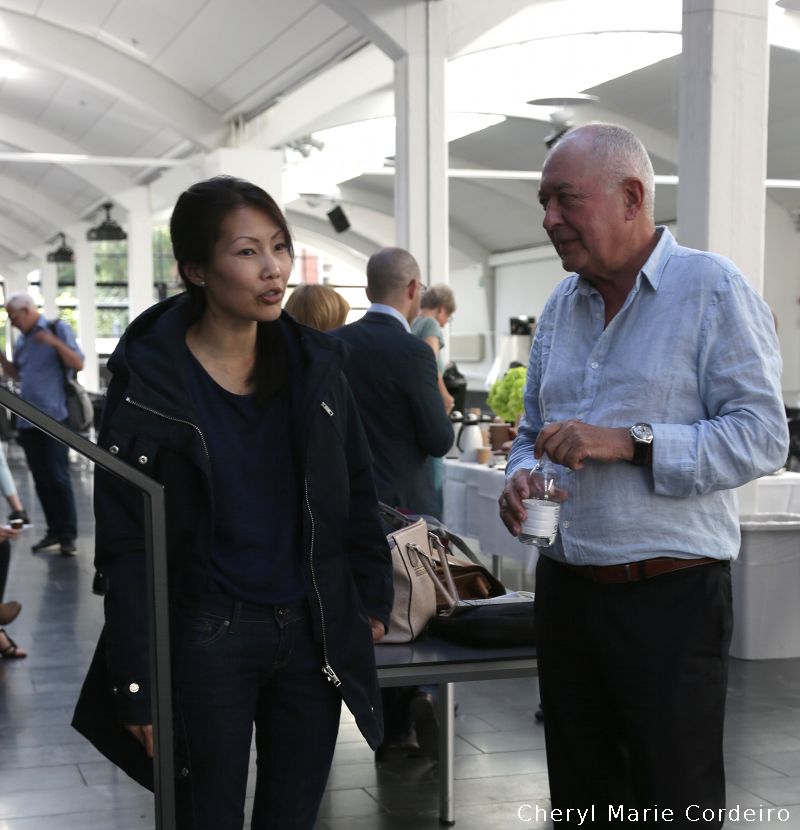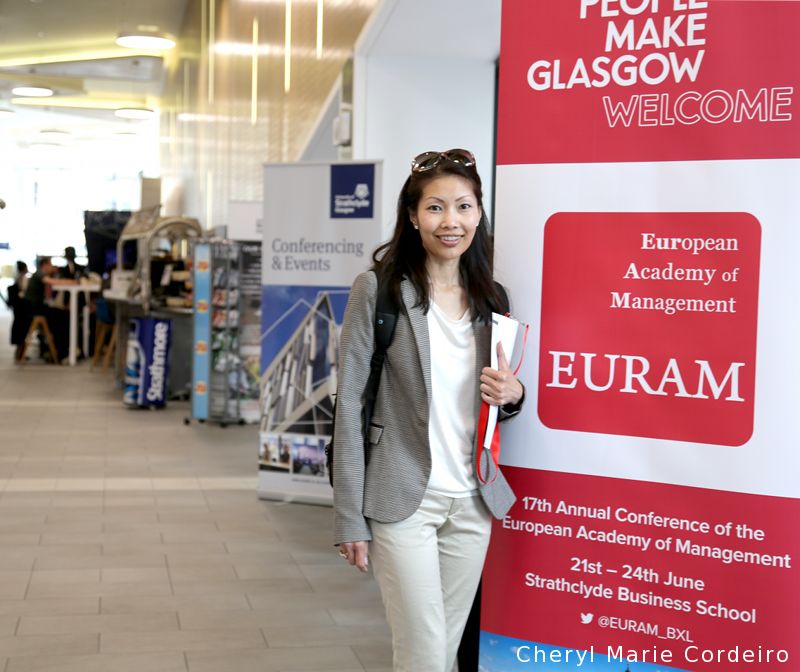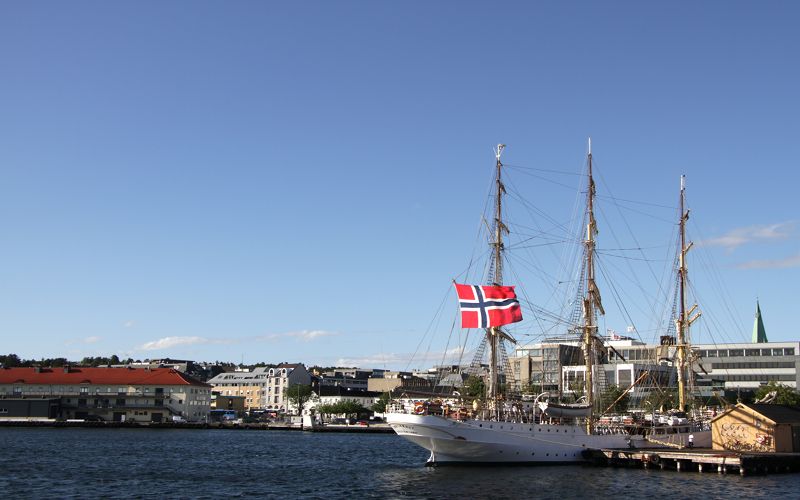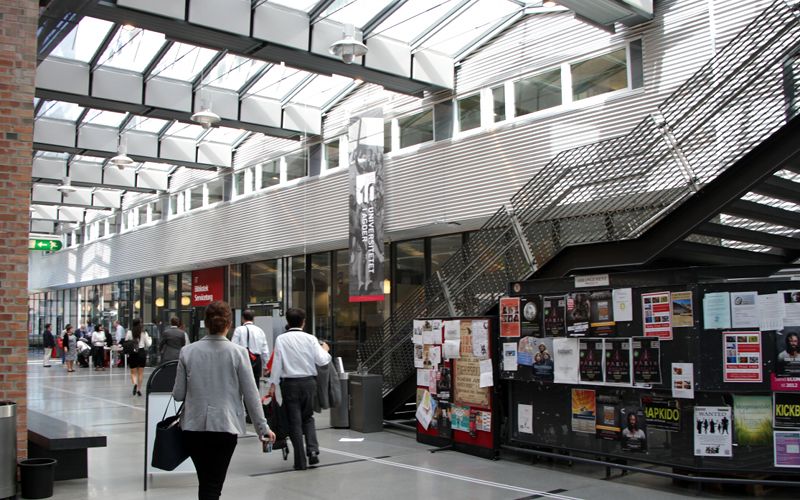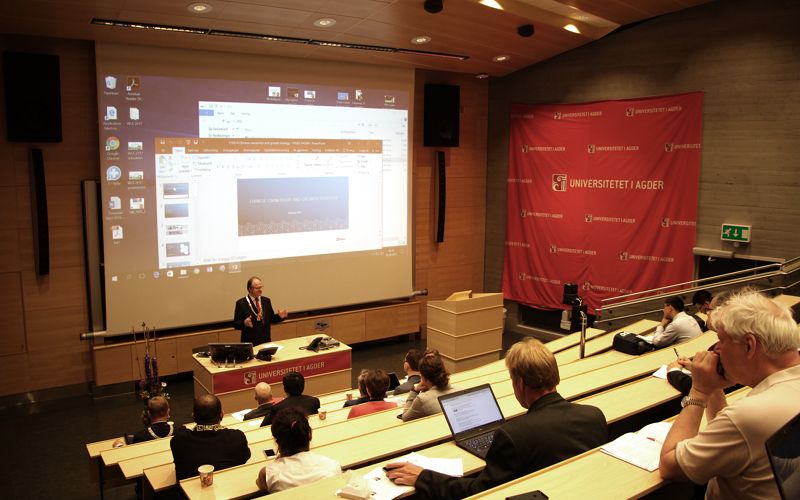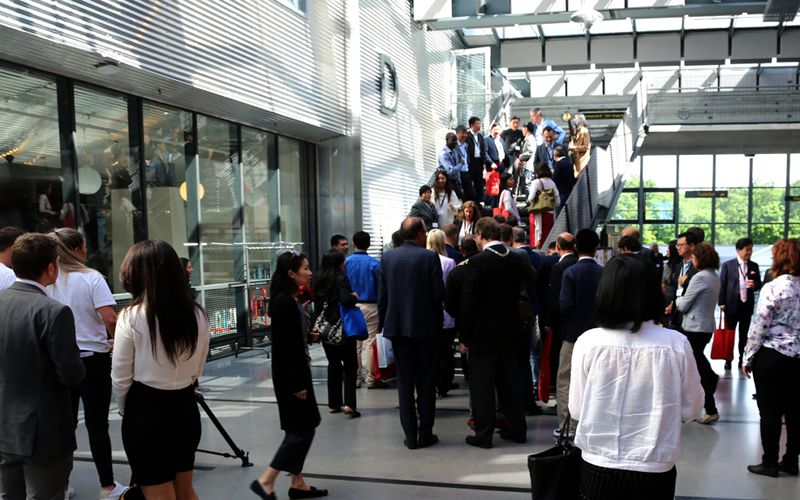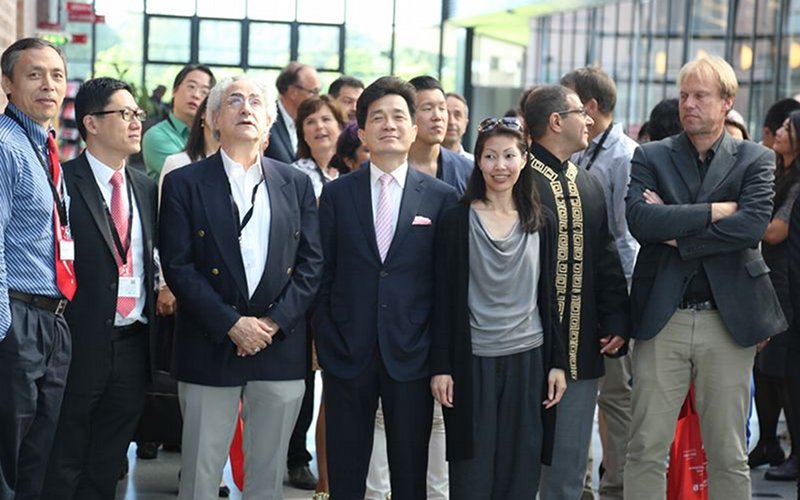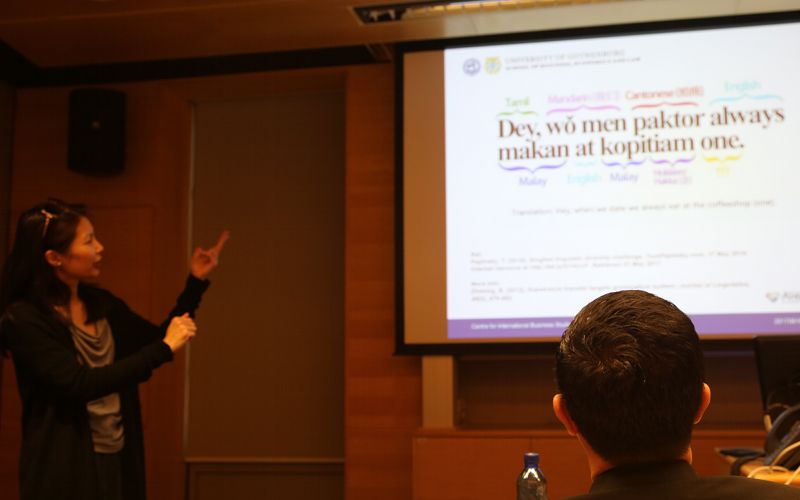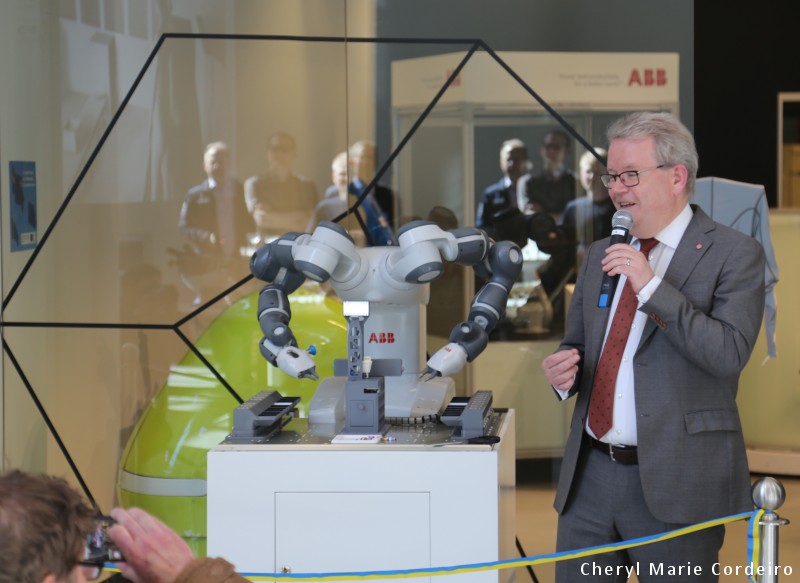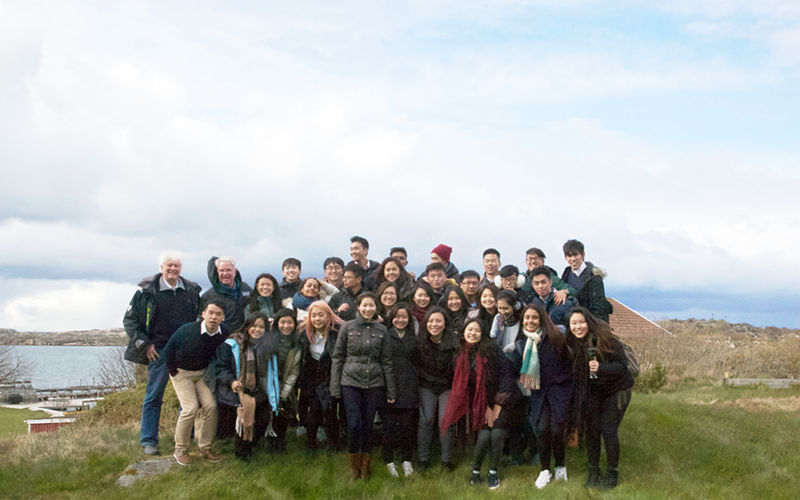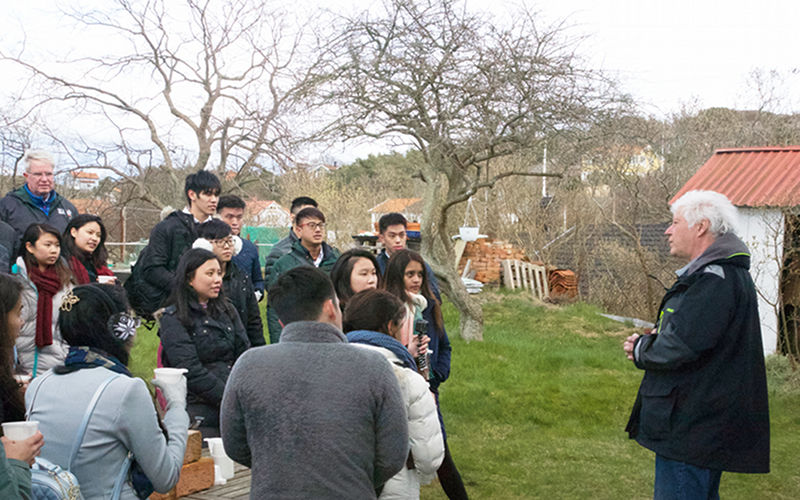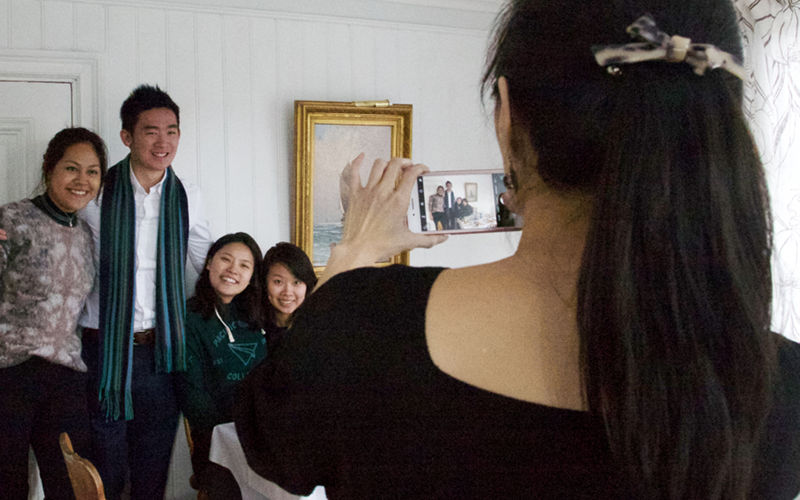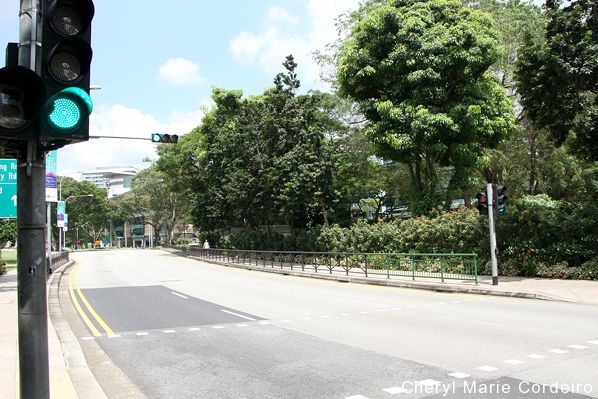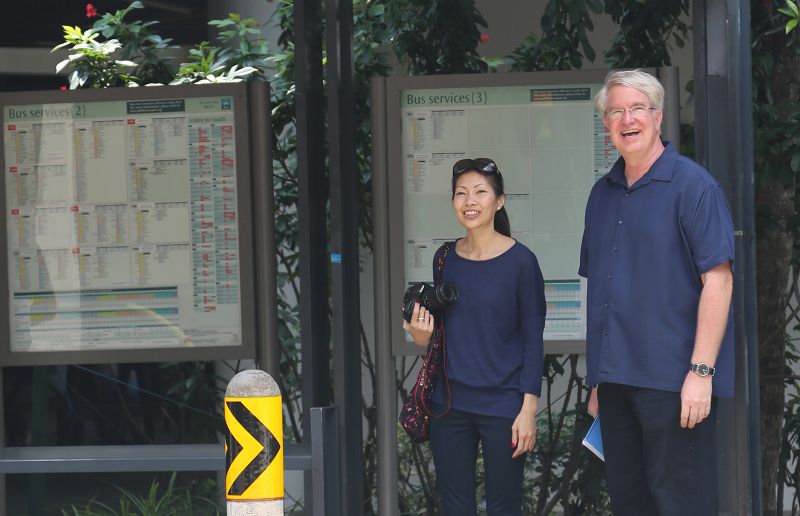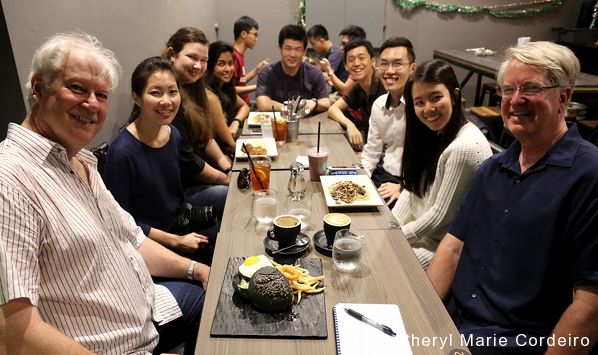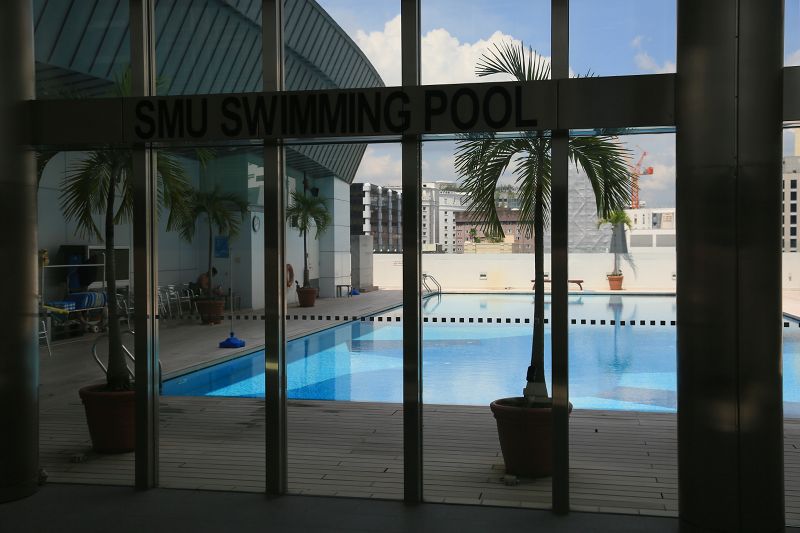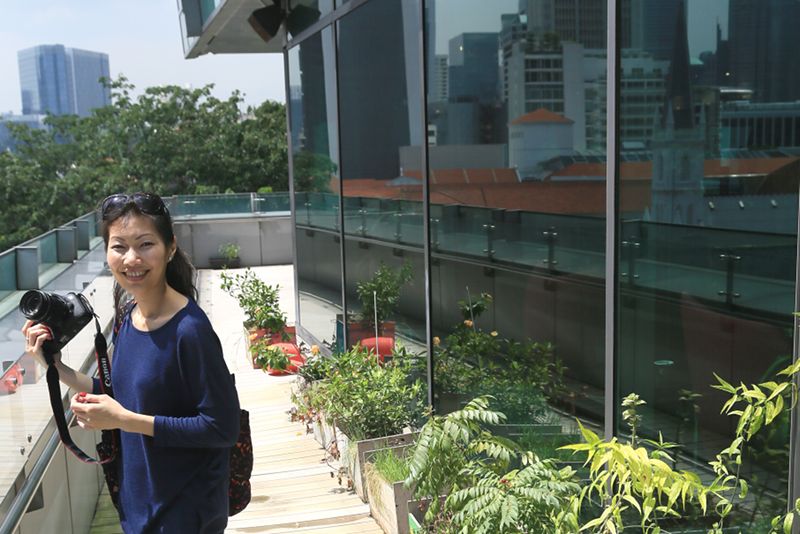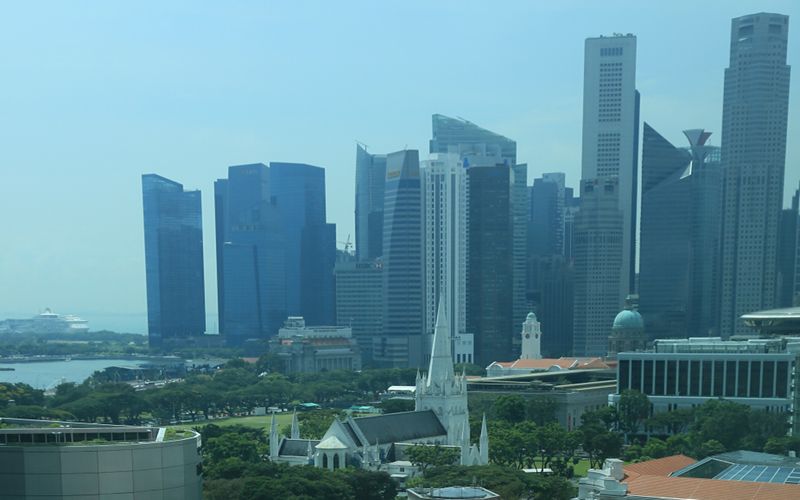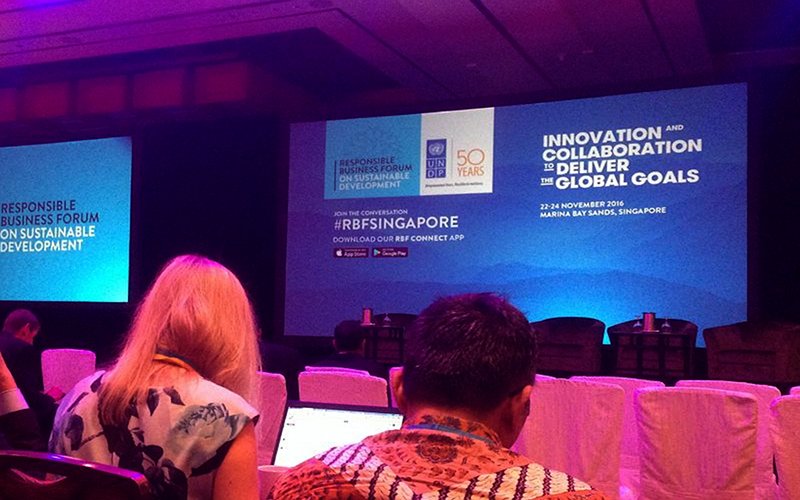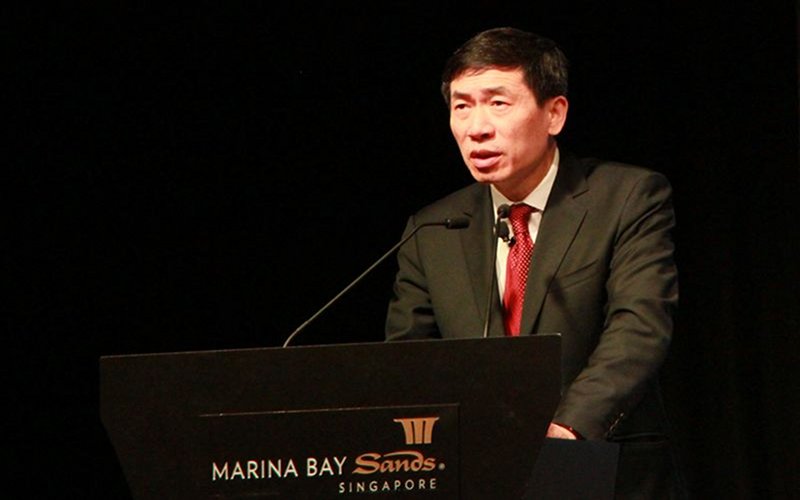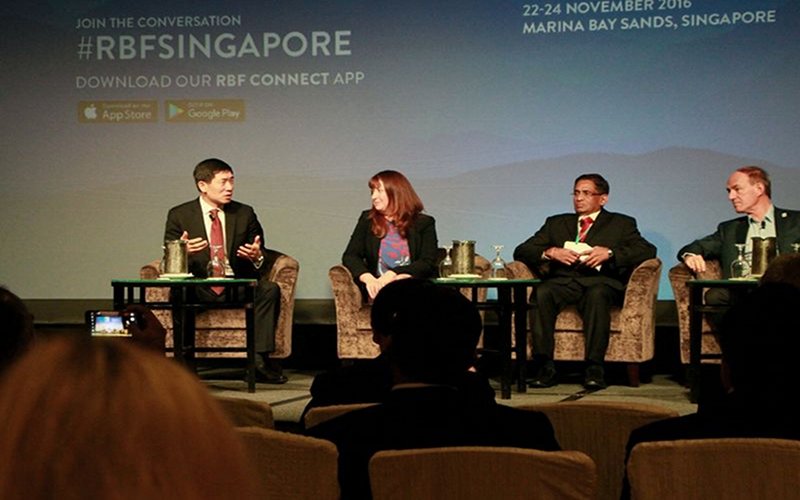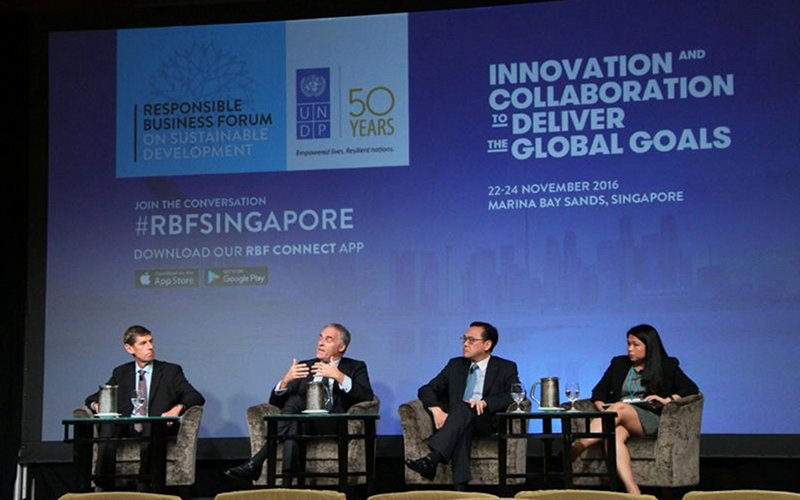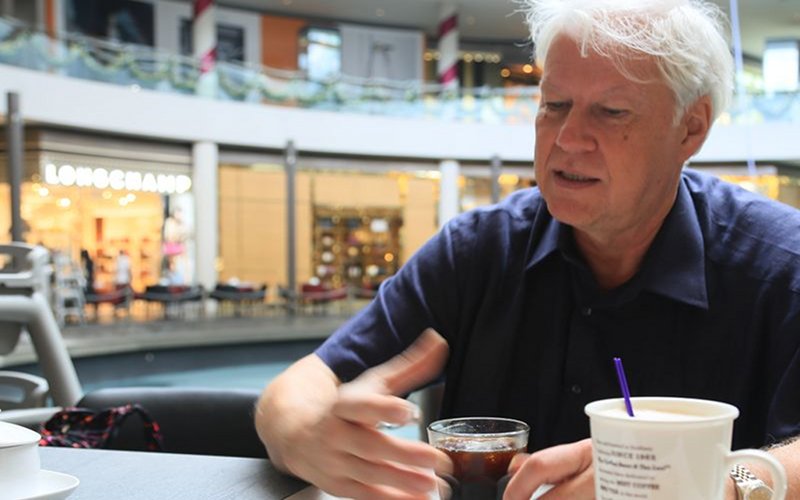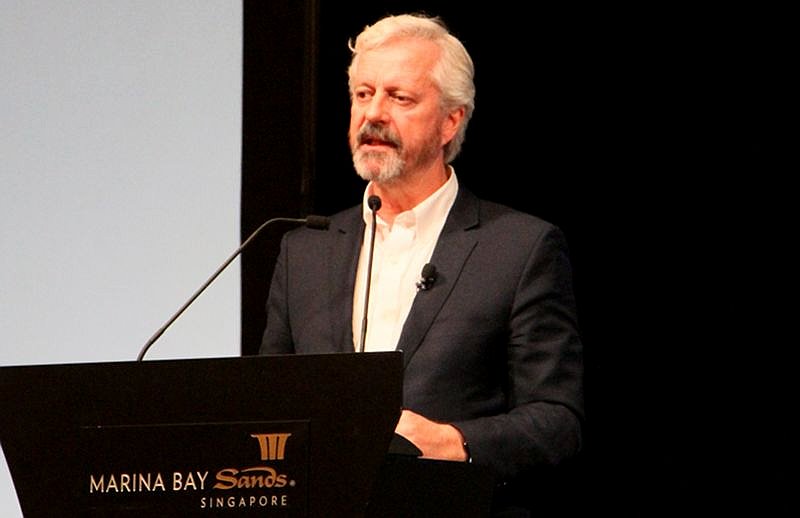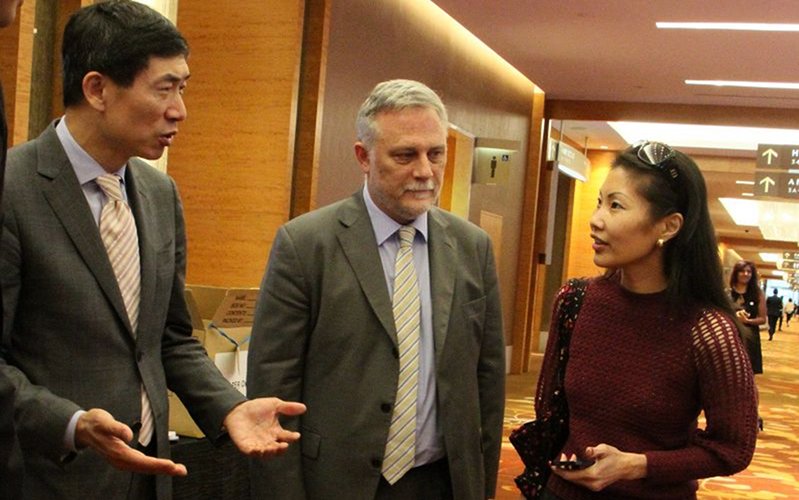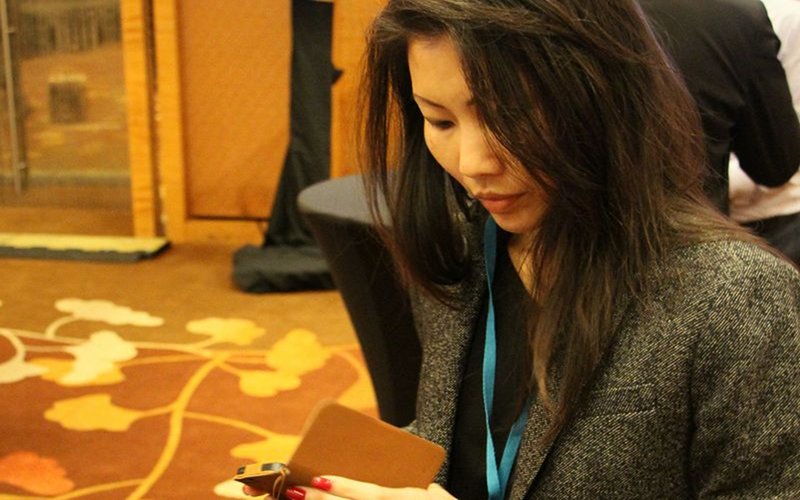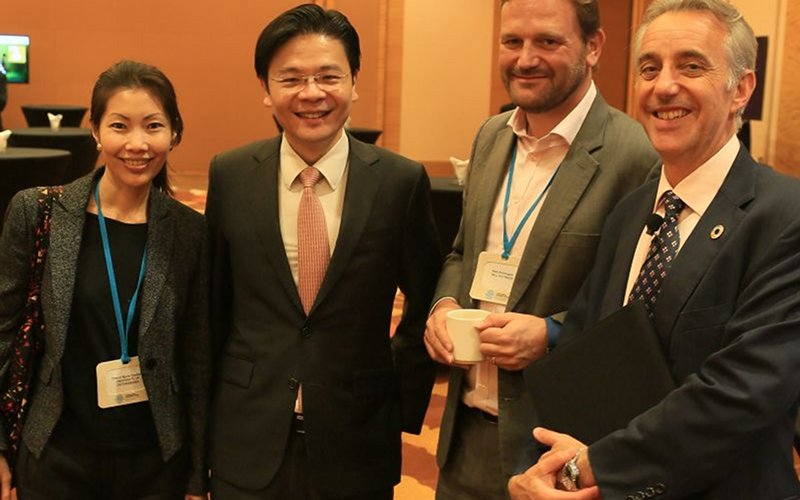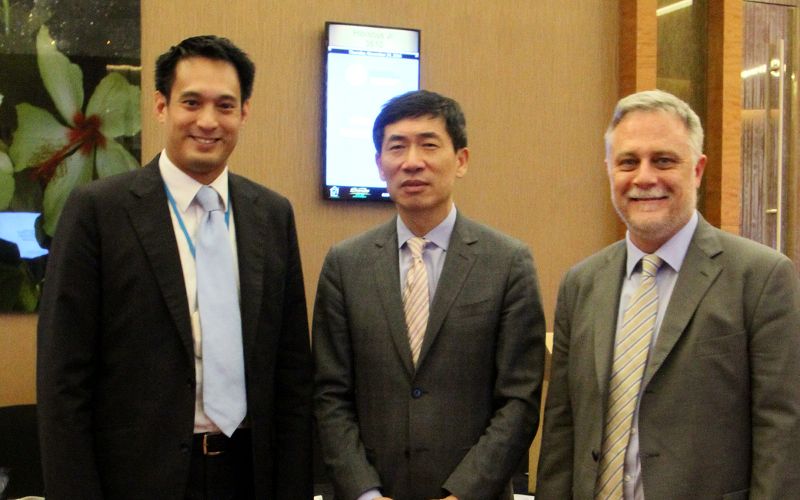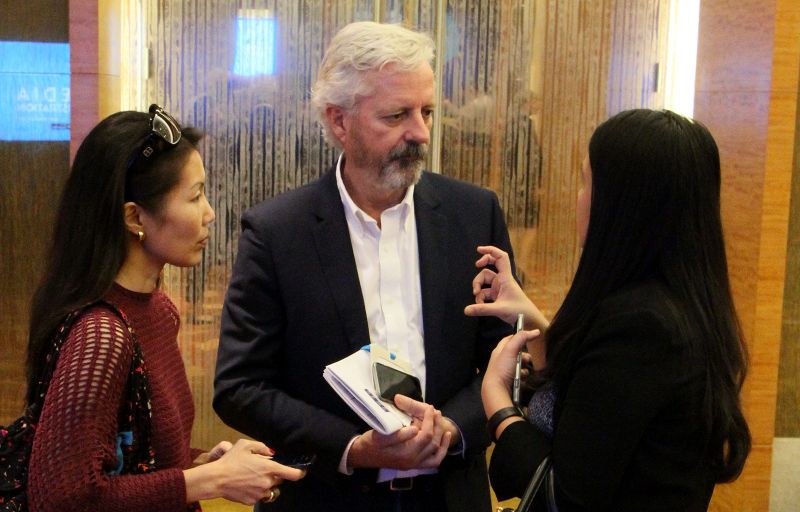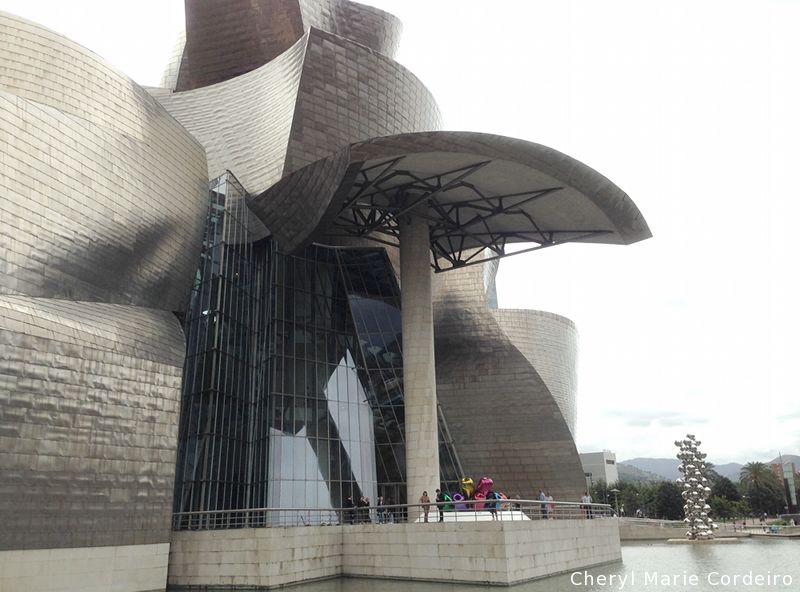
The Guggenheim Museum Bilbao (GMB) is more than a landmark for the city of Bilbao, Basque Country, Spain.
Designed by Frank Gehry, it opened in 1997. In three years it had attracted 4 million visitors [1].
Text & Photo © JE Nilsson, CM Cordeiro 2017
On 6 Jan. 2014, The Economist ran a print edition special report on cultural centres and “The Bilbao effect” [2]. Referring to findings of a McKinsey study, the central observation and argument made is that a vibrant cultural sector, alongisde green spaces and people of diverse backgrounds and nationalities are core elements for the success of any city.
The opening of the Guggenheim Museum in Bilbao (GMB), Basque Country, Spain in 1997 stands as prime illustration of how a museum commissioned by a city’s mayor can help transform citylife and living. GMB had as ambition, to attract 400,000 art visitors in the first year of its opening. This number would have enabled them to return total investment in a reasonably short timeframe and deliver income to the city and Basque Country economy [3]. GMB attracted 1 million visitors in its first year of opening. Within the first three years of GMB’s opening, the museum raised over 100m Euro in taxes for the regional government, an amount that more than covered the construction costs. GMB contiues to draw about a million visitors annually, even if its exhibitions remain modest. This observed success of the GMB had a cascading effect on other cities looking to revitalise their economies where over the next decade witnessed the mushrooming of cultural centres in various cities from Brazil, to China and Saudi Arabia [2]. Over the next decade more than two dozen new cultural centres focused on museums are due to be built in various countries, at an estimated cost of $250 billion, according to a study by AEA Consulting, a New York firm that specialises in cultural projects. The Guggenheim “Bilbao effect” as discourse theme was picked up by the news media and reflected in different scholastic and practitioner circles [8-13].
